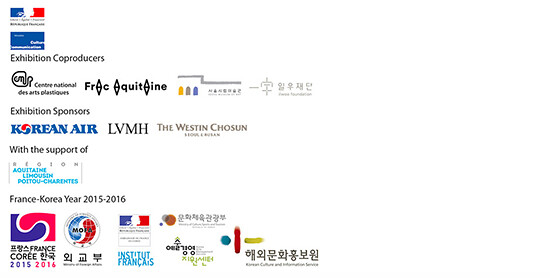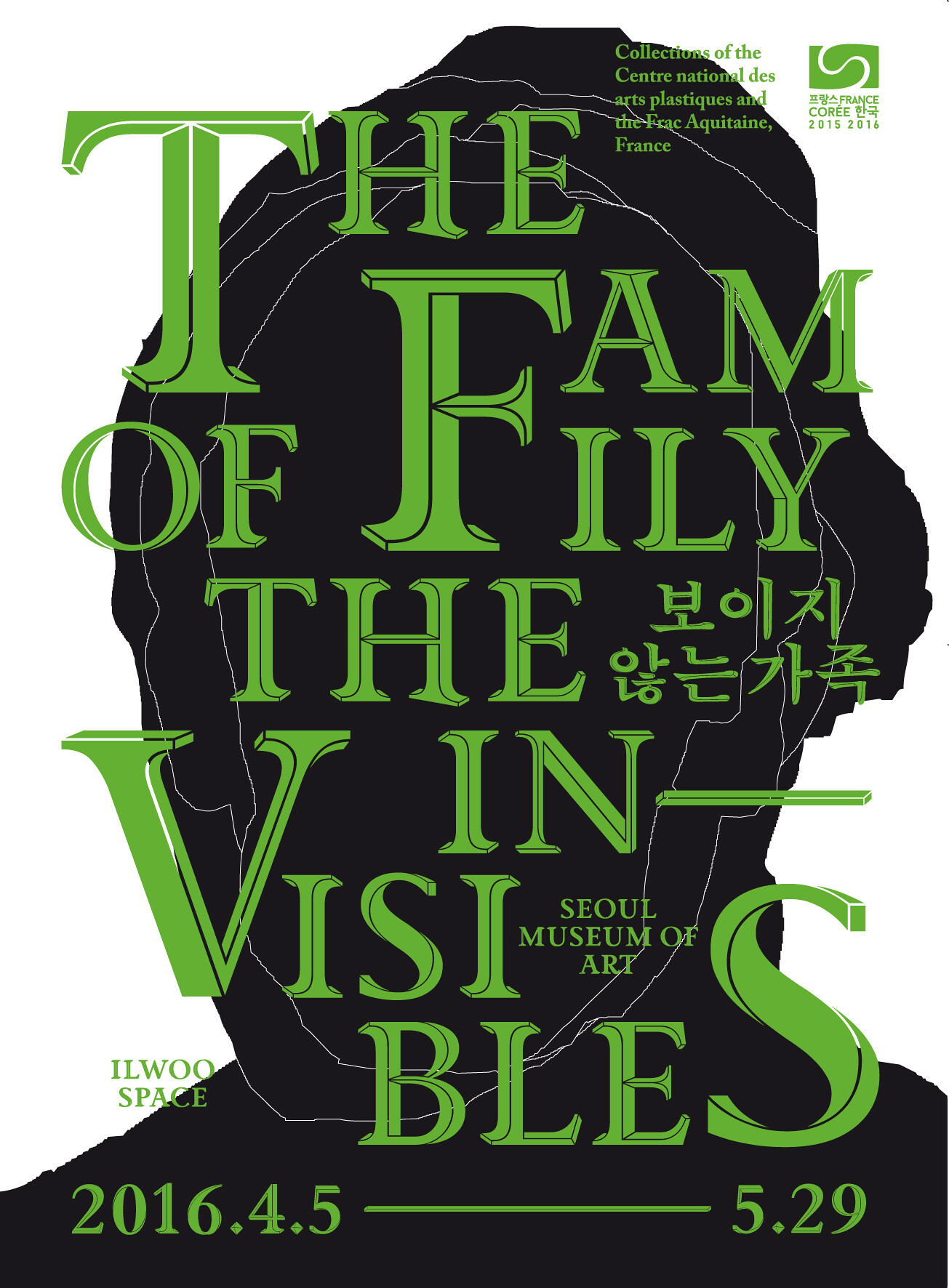Photographs from the collections of the Centre national des arts plastiques and the Frac Aquitaine, France
April 5–May 29, 2016
61 Deoksugung-gil, Jung-gu
Seoul
South Korea
As part of the 2015–16 France-Korea year, the Centre national des arts plastiques (Cnap) and the Fonds Régional d’Art Contemporain of Aquitaine (Frac Aquitaine) are coming together to organise the exhibition The Family of the Invisibles at the Seoul Museum of Art (SeMA) and the Ilwoo Space in Seoul, from April 5 to May 29, 2016.
The Family of the Invisibles traces the history of the emergence of invisible figures and their demands for identity, through more than 200 emblematic photographs from the 1930s to today from Cnap and Frac Aquitaine’s collections.
From Walker Evans, Robert Doisneau, Henri Cartier-Bresson, William Klein and Diane Arbus to Jeff Koons, Cindy Sherman, Sophie Calle, Christian Boltanski, Jean-Luc Verna and Pierre et Gilles, The Family of the Invisibles brings these so-called “minority” figures to light so as to affirm the possibility of reconfiguring a politics of representation, which would ideally give a place to each member of the human community.
The Family of the Invisibles is based on the deconstruction carried out by Roland Barthes in Mythologies of the exhibition The Family of Man by Edward Steichen, presented at MoMA in 1955 before touring around the world. The key thinker of French modernity produced a virulent critique of the lyrical and pseudo-humanist representation of a history of man articulated around the principal stereotypes of a happy birth, a carefree childhood and a life of work, punctuated by love and marriage, war and death—just as many archetypes as represented in the mythical exhibition The Family of Man.
Roland Barthes, for whom the intimate had a political nature, dedicates himself in his book Camera Lucida to deconstructing social norms of the family and sex by focusing on anecdotal rather than epic history, the individual rather than the masses and the marginals rather than “Great Men.” Street children, young people with learning disabilities, slaves, nomads, homosexuals, women poets or mothers, people condemned to death and animals make up a strange procession which opens onto the representation of another family. The Camera Lucida thus appears as a visual manifesto for minorities and offers a violent contrast to the archetypes, dominant figures and cultural myths.
The exhibition, presented in the Seoul Museum of Art in four chapters, returns to the visual revolution at work in contemporary photography and especially present in the public collections of Cnap and FRAC Aquitaine. The “prologue” of the exhibition, visible at the Ilwoo Space, forms a critical and historical counterpoint to this reworking of visual and aesthetic codes at the end of the 20th century.
The catalog of the exhibition will reproduce all the exposed works with texts of Pascal Beausse, Jacqueline Guittard, Claire Jacquet and Magali Nachtergael, Suejin Shin (Ilwoo Foundation) and Kyung-hwan Yeo (SeMA). Dimensions: 7.4 x 9.8 inches, 400 pages, bilingual: English and Korean.
Curators of the exhibition
–Pascal Beausse, Head of the Photographic Collection at the Centre national des arts plastiques (Cnap, France)
–Claire Jacquet, Head of the Fonds regional d’art contemporain of Aquitaine (Frac Aquitaine, Bordeaux)
–Magali Nachtergael, Assistant Professor at Paris 13 Sorbonne Paris Cite University
Also at SeMA is the exhibition Urban Legends, with works by artists currently in residence at Pavillon Neuflize OBC, the research lab of Palais de Tokyo (Paris).
Contact presse
Brunswick Arts - Grégory Fleuriet
cnap [at] brunswickgroup.com / T +33 (0)6 26 54 28 67


